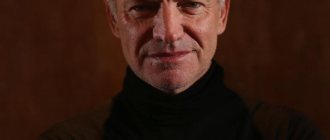Austrian and American actress Hedy Lamarr (1914-2000) went down in world history not only as one of the most famous actresses of her time, but also as a scientist. She also won the palm in the scientific field, patenting the technology that marked the beginning of the Wi-Fi era.
Hedwig Eva Maria Kiesler was born at the beginning of the First World War in Vienna. As the daughter of wealthy parents, she escaped many of the hardships of the war years. Her family belonged to the highest social circles, and everything around her contributed to the development of her future popularity. Hedwig was interested in the noble arts, was educated at a theater school, and at the age of 16 left her family to pursue a career as an actress.
Filming
The young film star made her debut in the film “Girl in a Nightclub” (1930). However, the film with the flashy title “Ecstasy” gave her the greatest popularity. Filmed in 1933, it caused a lot of noise and managed to get on the list of films banned from showing. The reason for this is the bathing scene. In the same year, she married weapons manufacturer and owner of millions Fritz Mandl. It is interesting that he tried to buy out all the existing copies of the scandalous film with the participation of his wife that were available in Vienna at that time. He also forbade her to act in films. And although their marriage did not last long, this ban became fateful in Hedwig’s life.

After the breakup, Frau Mandl moved to America, where he signed a contract with Louis Mayer, who founded the MGM film studio. On his advice, she takes a pseudonym so as not to evoke associations with the image of the girl from Ecstasy. In total, during her career, Lamarr took part in the filming of 31 films, in each of which she played the role of a fatal beauty, which she was in life.
Actress Hedy Lamarr

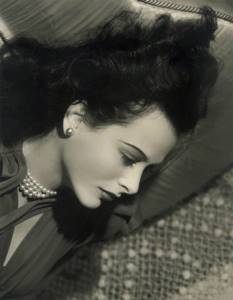
Hedy Lamarr was born in the capital of Austria with the name Hedwig Eva Maria Kiesler, went to drama school and began acting in films early. She made her debut in the German film “Girl in a Nightclub” (1930).
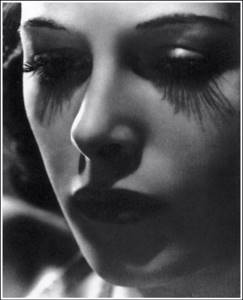
The Czechoslovak-Austrian film by Gustav Machaty “Ecstasy” (Eva, 1933) brought her a wave of world fame. The first in the history of feature-length cinema, a ten-minute scene of nude swimming in a forest lake is quite innocent by modern standards, but in 1933 it caused a storm of emotions. The film was banned from showing in a number of countries and released several years later with censored notes. In the same year, the parents marry their daughter to a weapons manufacturer, Austrian millionaire Fritz Mandl.
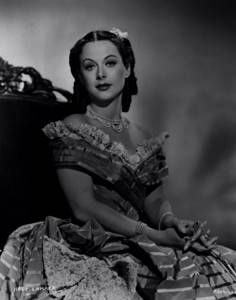
After four years of an unhappy marriage, Frau Mandl makes a classic escape from the castle by drugging the maid with sleeping pills. She travels from London to New York on the Normandy. The actress will not have to make a splash in Hollywood; her film debut in 1933 was too loud for filmmakers to forget. True, in order not to evoke similar associations among the puritanical public of the United States, she is advised to take a pseudonym. Hedwig Kiesler becomes Hedy Lamarr. Right on the Normandy, she signs a lucrative contract with the founder of the MGM studio, Louis Mayer. A new round of career unfolds dizzyingly. In total, Hedy Lamarr earned $30 million from filming.
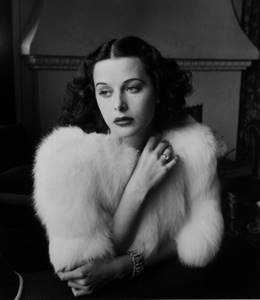
During her career in Hollywood, the actress played in such popular films as “Algiers” (Gabi, 1938), “Lady in the Tropics” (Manon de Vernet, 1939), and the film adaptation of J. Steinbeck’s “Tortilla Flat” (Dolores Ramirez, 1942, directed by Victor Fleming), A Dangerous Experiment (Alida Bedo, 1944) and Cecil de Mille's epic Samson and Delilah (Delilah, 1949). Last screen appearance was in The Female Animal (Vanessa Windsor, 1958). Hedy was married six times and had three children.

In addition to cinema, Hedy Lamarr was involved in science. In 1942, she patented a system that allowed torpedoes to be controlled remotely. The value of frequency hopping technology has only been appreciated over the years. The actress's birthday on November 9 is called Inventor's Day in Germany. Without Lamarr's invention, military satellites would not be flying today and GSM cell phones would not be working.
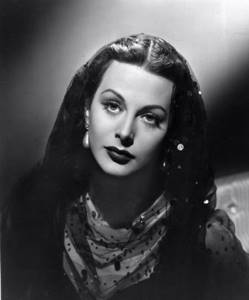
In 1966, the 52-year-old actress tried to return to the screen, but this was prevented by a campaign of harassment launched against her. A harsh, quarrelsome character, a habit of openly expressing unflattering opinions about Hollywood and its morals created Hedy Lamarr many insidious and influential enemies. She was once accused of stealing shoes worth less than $100 from a store in Florida. Although the court rejected this accusation, the stain from the incident remained for a long time. Even more damaging to her reputation was her autobiography, Ecstasy and Me (1966), co-written with Leo Guild and Cy Rice. In this autobiography, she allegedly admitted that she suffered from nymphomania. Lamarr sued the publisher, claiming that many of the events described in the book were invented by one of the co-authors (Leo Guild). The book also contained copyrighted material from an article about Lamarr written by Gene Ringgold and published in Screen Facts magazine in 1965. In connection with this, a lawsuit took place. “This book ruined my career and my life.”

Interesting Facts
- In 1966, an allegedly autobiographical book, “Ecstasy and Me,” was published. A Woman’s Life" (Ecstasy and me: my life as a woman. - New York: Bartholomew House, 1966), which Lamarr herself later recognized as a fake.
- Hedy Lamarr is featured on the splash screen when downloading Corel Draw versions 8 and 9.
- One of the characters in Half-Life 2, Doctor Isaac Kleiner, has an unusual pet in his laboratory - a headcrab named Lamarr, whose stingers, which are responsible for attaching to the head of the victim, have been removed. Dr. Kleiner named his pet in honor of the famous actress and inventor Hedy Lamarr (Hedy Lamarr, thus a play on words between the actress's name and the headcrab's colloquial call sign - "hedy").
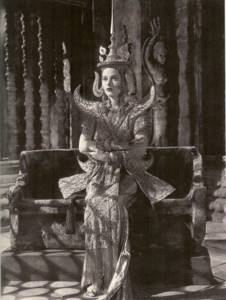
Official site Wikipedia
See more in our irregular section Actresses/Actors
Scientific activity
The actress's first husband moved in high circles. Mandl was so kind to his Hedwig that he even took her to meetings dedicated to discussing military-political issues. Constant presence at such conferences made her knowledgeable in matters relating to weapons. Since acting was banned, Lamarr delved into self-education and, without a technical education, was nevertheless able to put forward a scientific hypothesis, which later found application.

This was a technology that made it possible to effectively control torpedoes using radio frequencies. The fact is that the signal transmitted at a distance to radio-controlled missiles and torpedoes was neutralized by opponents through “jammers.” Hedy Lamarr proposed dividing this signal into several parts and transmitting each of them on different radio frequencies, which would make it possible to resist interference. This technology is called FHSS, also known as the "variable frequency" method, and is now used in modern protocols such as Bluetooth, Wi-Fi, and also GSM.
Thus, Hedy broke the movie stereotype of herself as a stupid beauty. Inventor's Day, celebrated on November 9 in Austria, Germany and Switzerland, is identified with her name.
Childhood and youth
Hedwig Eva Maria Kiesler was born in Austria on November 9, 1914 into a wealthy Jewish family. Hedwig received the best education, studying music and ballet. Since childhood, the girl was interested in theater and cinema. At the age of 12, she had already won a beauty contest in Vienna. Heidi did not need to earn money to provide for her life, her parents could provide her with a wonderful future, but at the age of 16 she left home to become an actress and earn a living from it. Hedy got her first position on the set by deception. She forged a note on behalf of her mother in order to get a position as a script assistant at the Sascha-Film film company.









